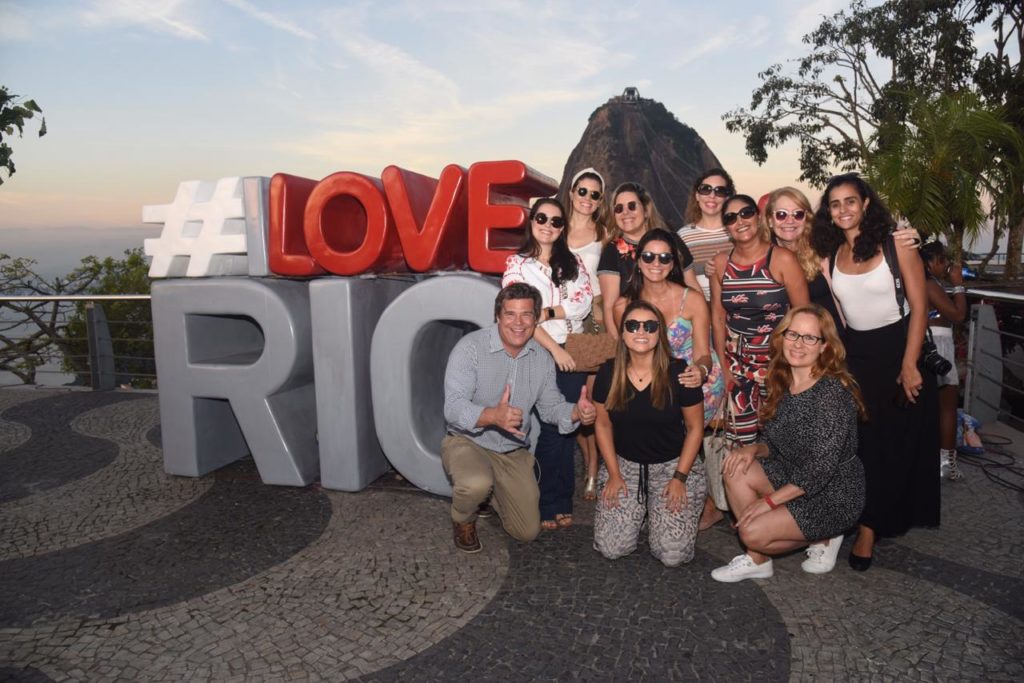Everywhere you go, there are people looking for the picture-perfect backdrop to snap their selfie. With 1. 1 billion people using Instagram each month, it’s clear that social media, and Instagram in particular, have dramatically impacted the tourism and attractions industry – and theme parks and visitor attractions are no exception. In many ways, one could argue that theme parks were ahead of the selfie trend and have been designing moments worth capturing for their guests long before the internet even existed. How many people have taken a photo in front of Cinderella Castle at Magic Kingdom, or purchased the iconic screaming roller coaster photo? Theme parks have been creating share-worthy moments for years.

With over 25 million business accounts, Instagram’s not so subtle shift from a social networking service to a marketing tool has created an opportunity for theme park designers and operators to reach a broader audience. Using guests to organically market theme parks through social media is a smart business decision. However, it also creates a new set of challenges, especially when the need to generate picture-ready moments is at times prioritized over the actual guest experience.
As designers, we must ensure that our integrity in producing authentic, high-quality guest experiences remains at the core of everything we do because a theme park or attraction is so much more than a pretty picture. That’s why, as the original creators of the “Instagrammable moment” – we need to challenge its evolution. By focusing on telling impactful stories through interactive and engaging attractions, we can ensure that the focus remains on the guest-experience with the goal of creating something so good that – dare I say – guests forget about their phones entirely.
Here are a few things to keep in mind as we continue to push ourselves to go beyond the selfie:
Developing story-focused experiences
Theme parks have always housed great stories and fun experiences but now consumers need even more. A good story can elevate a ride, enchant attendees and create memories that are far greater than what a camera can capture. As theme park and guest experiences designers, we have to take this idea further to create fully immersive and truly engaging experiences. An example from FORREC’s portfolio is the immersive, night-time, digitally-enhanced, story-driven nature trail at Xixi Wetlands in Hangzhou, China. This is just one example of how we can take our guests out of the everyday and into a magical world we can create.
Creating physically interactive experiences that truly engage
Theme park and visitor attraction designers should always aim to create engaging and enthralling experiences. Engage all the senses by giving your guests something to do, something to touch, and something to feel a part of. A relevant example of this is the zip-line experience currently being discussed with FORREC client, Sugar Loaf Cable Car, in Rio. This experience allows guests to ‘relive’ a famous movie scene that was filmed on the cable car line in the 1970s.

By having the zip-line end in the middle of an outdoor dining patio, social media exposure is maximized as friends wait to capture the thrilling end of the zip-line.
Remembering our strength: guest experiences
In the digital age, theme park and guest experience designers have to constantly balance the choice between creating an immersive experience and an Instagrammable one. It’s easy to get caught up in trying to build the next viral Instagrammable moment, but theme parks should also remember to stick to their strengths – immersing people in amazing experiences and Instagram exposure will follow.

Think of the wildly successful Yayoi Kusama art installation, Infinity Rooms. The work is so picture-perfect, it’s easy to forget that it was not designed with social media in mind. Kusama has been creating infinity rooms for a long time – well before “going viral” was a consideration. Kusama’s intention was a beautiful, immersive experience for the user. By creating an experience that prioritizes the user vs. Instagram, the output was a more meaningful and fulfilling interaction for the consumer. And as we now know, the Instagram photos quickly followed.
What’s next?
It could be that we are in the early stages of the Instagrammable moment evolving into something more or we will see the rise of something new entirely. If theme park designers can focus on engaging our visitors, telling great stories and creating amazing experiences the theme park and visitor attraction industry will be set up for success no matter what. Because a good story coupled with a great experience will never go out of style.



